Features, pros and cons of LED printers
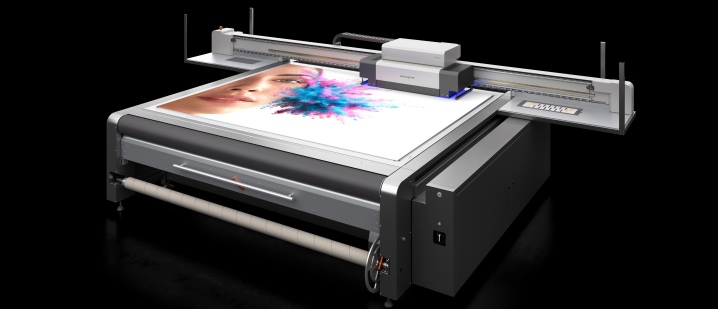
With the development of modern technologies, new types of technology appear, including printing. So, according to statistics, one of the most common types of printers has become a printer with LEDs.
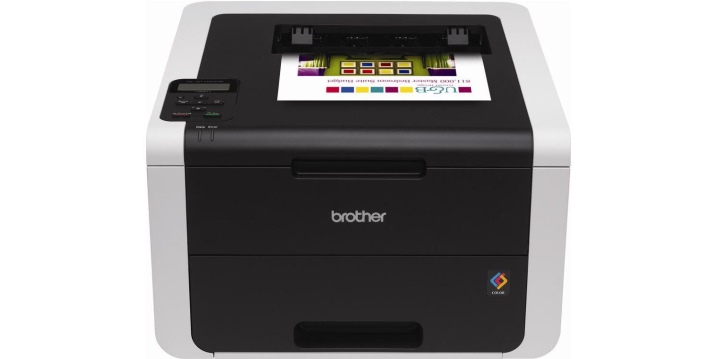
What it is?
LED printer is the most popular and modern printer model. The main difference between an LED printer and the rest is that it works using special LEDs., which, in a certain sequence, release a charge onto a paper sheet.
The characteristics of these printers, like those of other types, vary from model to model.
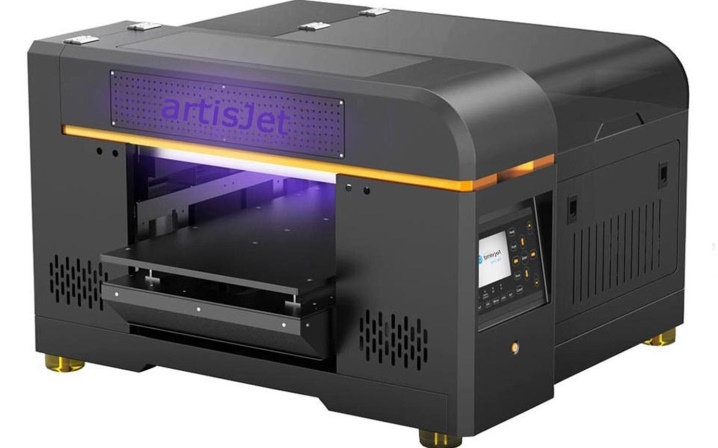
They largely depend on the purpose of the device. - it is intended for home use or for office use, characterized by a large number of printed documents.
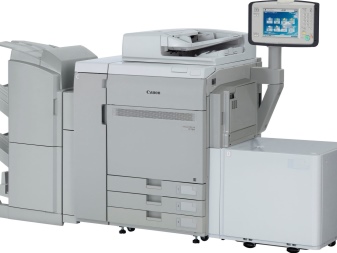

History of appearance
The LED printing technology was originally developed by Casio. A little later, this development received a new life at OKI in 1987. It was then that the world's first LED printer appeared, and a year later the color version appeared.
LED printers came to Russia only in 1996 with the opening of the first OKI office in Moscow. However, the first LED printers were aimed exclusively at home use, and practical Russian entrepreneurs installed them in their offices, often saving on further maintenance. It is not surprising that the printers could not cope with the volume of printed documentation, they quickly wore out and did not receive an appropriate rating, which led to a huge number of negative reviews and comments. We can say that Russia's acquaintance with LED printing technology turned out to be extremely unsuccessful.

Principle of operation
The central part of any printer is an imaging drum (photocylinder, photo roll) covered with a special conductive light-sensitive material. The principle of operation is as follows: after starting printing and starting the printing process, light enters certain areas of the charged surface of the drum, as a result of which the charge in these places changes.
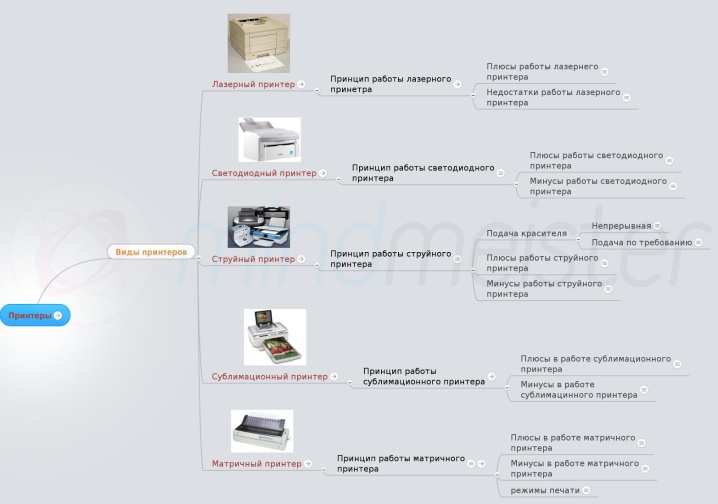
In LED printers, light is replaced by a huge number of LEDs that are invisible to the human eye. These LEDs are arranged in a ruler across the entire photocylinder. If we translate the technical component into human language, it becomes clear that even a short glow of one LED will "draw" one point on a sheet of paper. In this case, a laser printer bypasses only one beam, but this beam is passed through mirrors and lenses. This is the main difference between a laser printer and an LED one.
Further, under the influence of light, a special dye enters certain areas of the photocylinder.

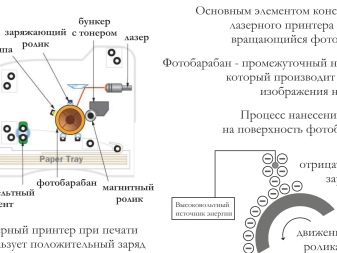
Then the paint falls on the paper and, under the influence of a special roller, is evenly distributed over the desired areas of the sheet. After that, the paper is sent to the heating system, where, under the influence of high temperature, it instantly sets on the sheet - as a result, a finished printed material is obtained.
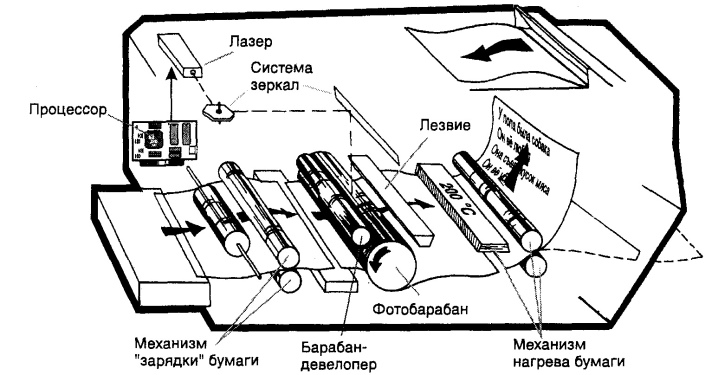
Advantages and disadvantages
Like any technique, LED printers have their pros and cons. However, there are still more advantages.
- Small size. Compared to dot matrix or inkjet printers, the LED model will look very small and therefore take up much less workspace.
- Print speeds are much fasterthan some other types of printers.
- Silence. LED printers do not hum and make virtually no other noise, which does not distract from work and reduces the overall stress level of a person.
- Cleaning the inside is much easier. Compared to inkjet cartridges, this is probably the biggest plus.
- Long-term operation. Modern models are much more wear-resistant and durable.
- Much higher quality printed material. If this is not very important for documentation, then in cases where a clear printed picture is required, this point of advantages becomes very important.
- Environmental friendliness and harmlessness to humans. When using some models, a certain amount of harmful substances is released, which can accumulate both in the air and in the body. This does not happen with LED printers.
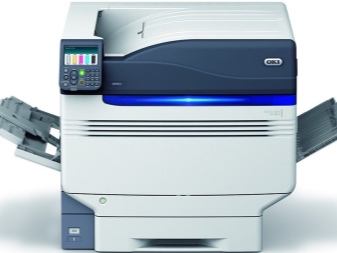
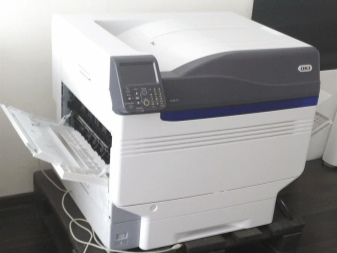
The disadvantages of LED printers are much less, but still they are, and one cannot fail to mention them.
- The purchase and further maintenance of such a printer will cost a little more. The price is also higher for cartridges, but they last several times longer than cartridges in a laser printer.
- LED printers are now only at the very beginning of their wave of popularity, therefore, their variety is not as great as we would like.
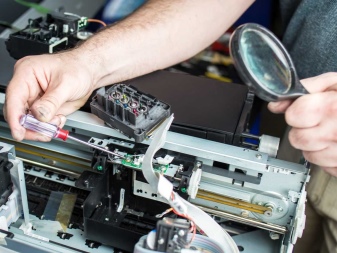
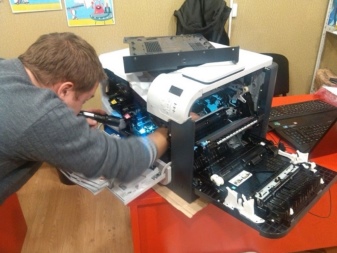
Comparison with other species
The most common question is which printer is better: LED or laser. As mentioned above, they differ only in the light source. In a laser printer, this is just one beam passed through a complex system of lenses and mirrors. An LED printer has a huge array of LEDs instead.
This is not to say that one model is definitely better than another. Each type has its own advantages and disadvantages.
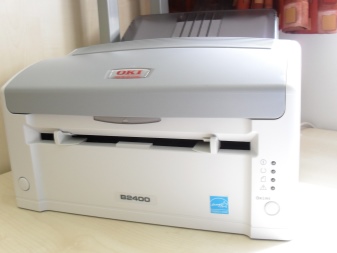
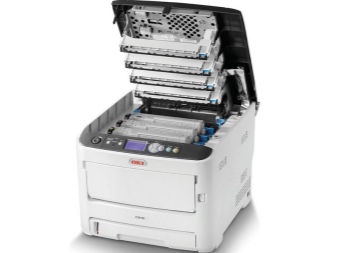
Which will be more - pluses or minuses - depends on the purpose for which the printer is purchased.
For home use, a conventional laser printer will suffice. It will come out less in price and in further maintenance. Laser printer cartridges also differ in cost for the better. For home use, neither image quality nor print speed matters. The exceptions are cases when a very high-quality picture is needed (for example, making photographs). In other situations, all the advantages of LED printers will not be noticeable, since all the maximum technical characteristics of the device will not be used.
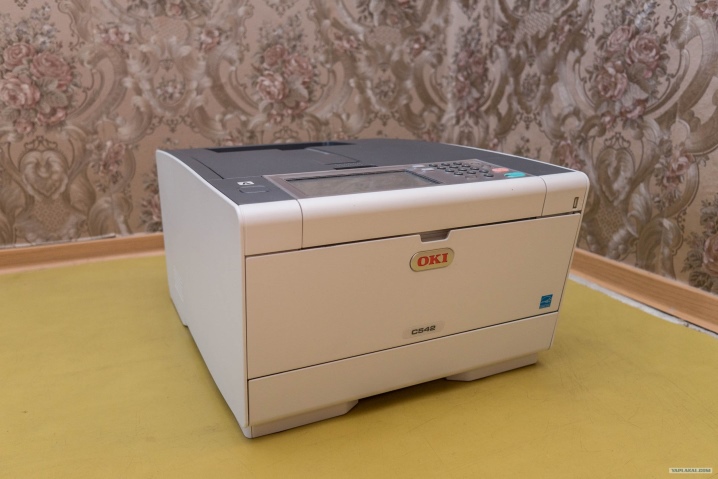
For small businesses, where there is not too much printed documentation, there is no fundamental difference in which printer to buy. The choice will only depend on your personal preference. For large offices, LED printers should be purchased, since modern models are equipped with a scanner, Wi-Fi module, duplex printing function and other additional features that will greatly simplify office life.
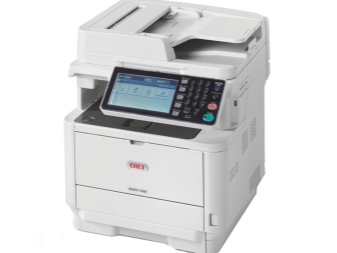
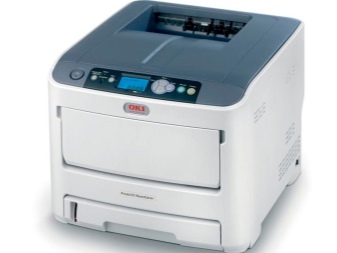
What are they?
Despite the fact that printers are mainly divided into laser and LED, there are additional divisions into varieties in these categories.
The next division: color and monochrome LED printers. Color models are printed in both full color spectrum and monochrome. Initially, monochrome printing is available only in black and white.
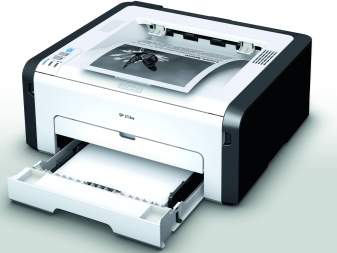
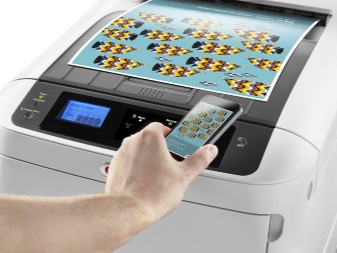
The difference is also observed in size. So, there are printers with LEDs, which are very compact and can take up a small corner on the desktop, but, for example, the model Xerox Phaser 6020BI weighs 11 kilograms.
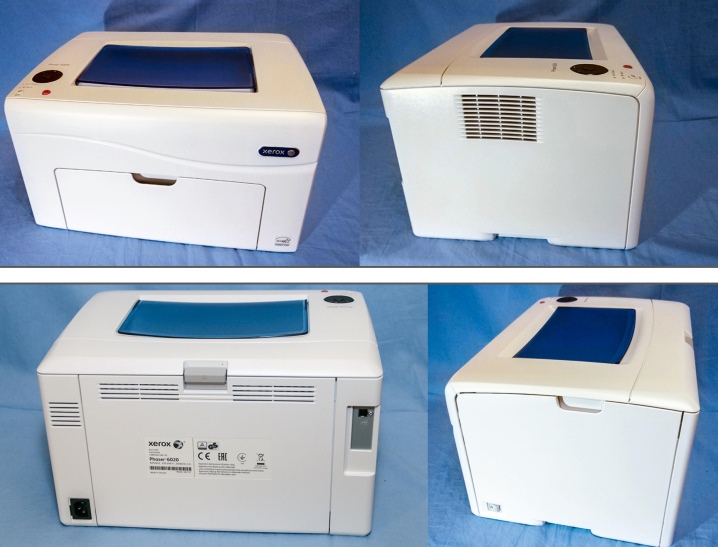
Another important point is the limitation on the print format. For most models, printing only on A4 sheets is acceptable. But now more and more printers are being invented for other formats, for example, for A3 (KI C823n printer).
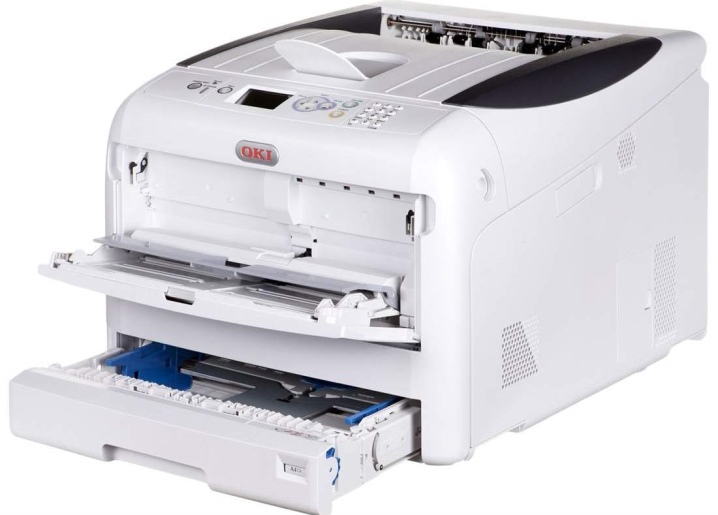
Popular models
Since there is a conditional division of printers for home and office use, it makes sense to consider them exactly in these categories.
Consider the most famous options for the home.
OKI C532dn
Country of origin Japan. Highest quality model.Number of prints per month: 60,000 pages. First place among printers with LEDs. Memory - 1 GB, therefore, it is possible to work with a large volume of documents at the same time. Print resolution - 1200x1200 dpi. Speed - 30 pages per minute. If necessary, it can be used in small companies. Private Print is present - allows the printer to receive documents from smartphones and other gadgets.
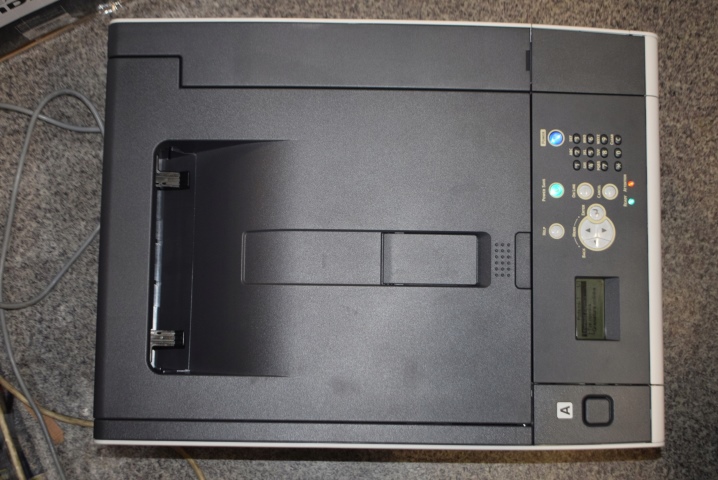
There is a Gigabit Ethernet function - large documents are transferred without loss of speed. Supports any paper size starting from A6.
Suitable for paper of various weights, there is a function of automatic density recognition. Blank paper compartment holds 250 sheets with optional trays.
The disadvantages include the high amount of electricity consumed and the relatively long warm-up time when turned on (about 30 seconds).
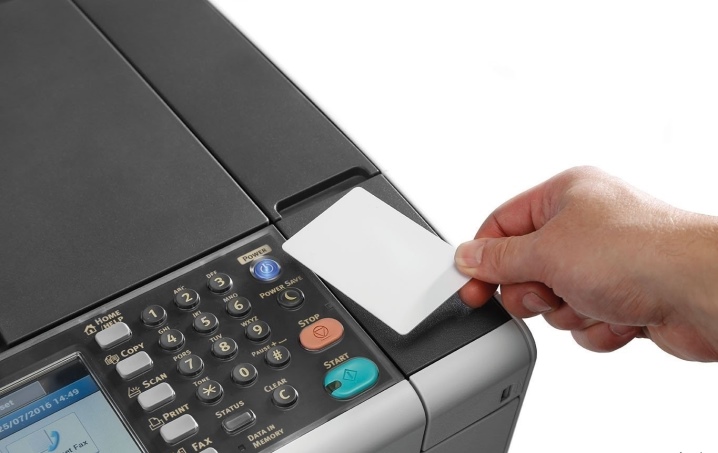
Xerox Phaser 3052NI
Suitable for home and small office. Equipped with Wi-Fi module. Print speed - 26 pages per minute. Number of prints per month: up to 30,000 sheets. Warm up is required before use (about 14 seconds). Consumes the least amount of electricity, is known as the most economical printer. Black and white printing only. There is a two-sided printing function.
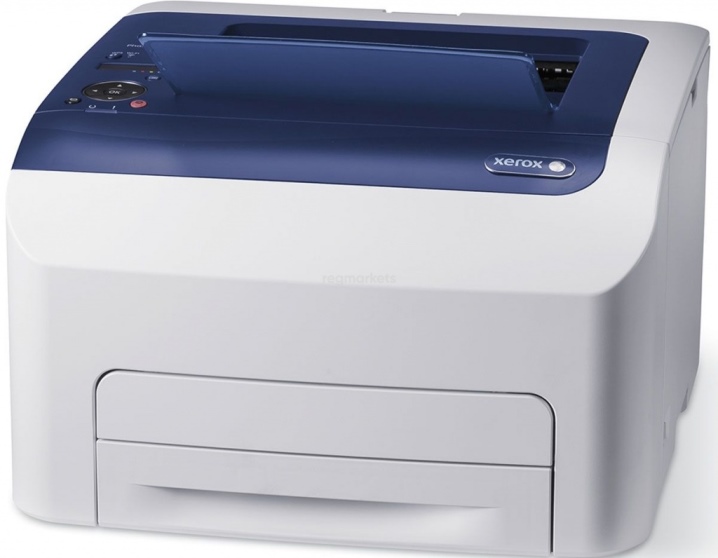
Brother HL-3140CW
Print quality - 1200x600 dpi. Print speed - 18 pages per minute. Can be used in a small office. Has refillable cartridges. Number of prints per month: up to 15000. All elements are replaceable. Paper tray capacity: 250 sheets. There is no duplex printing. Equipped with equipment for color and monochrome printing. Connects to a computer using a USB cable or wireless technology. Compatible with all operating systems. Simple setup. Installation of analogs, not original cartridges, is acceptable. The maximum allowable paper weight: up to 250 gsm. m.
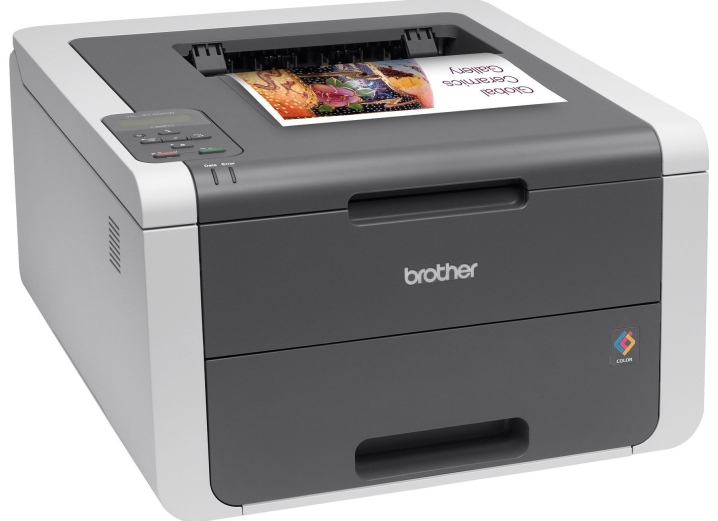
Xerox Phaser 6020
Budget model. Number of prints per month: up to 30,000 pages. There is a color printing function. Highest print resolution: 1200x2400. Memory: 128 MB. Processor frequency: 525 MHz. Built-in Wi-Fi module. The ability to send documents for printing from a smartphone. Compatible with Windows operating systems from version 7 inclusive.
Print speed: 12 pages per minute. Maximum allowable paper weight: 220 gsm m.
The most popular models for small offices include several options.

Xerox Phaser 6510DN
Print speed: 30 sheets per minute. Maximum allowable paper weight: 220 gsm m. Print quality: 1200x2400. No warm-up time is required. There is a color printing function. Compact. Installation of analog cartridges is permissible.
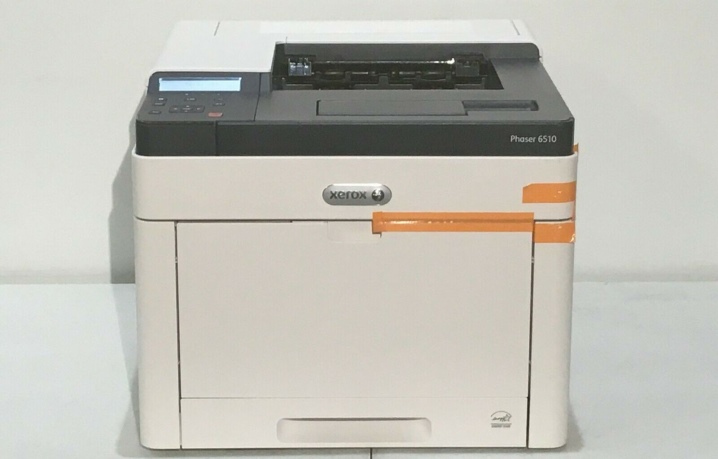
Ricoh SP 400DN
Tray capacity for paper: 250 sheets, expands to 850 if necessary. Ability to work with non-standard media. Duplex printing function. Memory: 256 MB. No color printing. Print speed: 30 pages per minute. Connects using a USB cable or a universal connection using a wire. There is a function that allows you to send documents to print from smartphones.
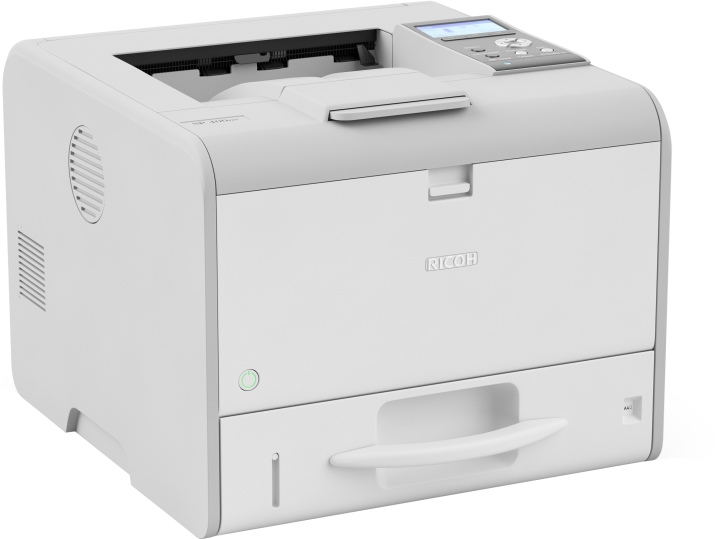
OKI C823dn
Supports the following paper sizes: A3 to A6 inclusive. Maximum allowable paper weight: 256 gsm m. There is support for Google Cloud Print 2.0, which allows you to use the remote printing function.
Wireless Direct is enabled. Number of prints per month: 75000. Bulky.
There are also popular models for large offices.
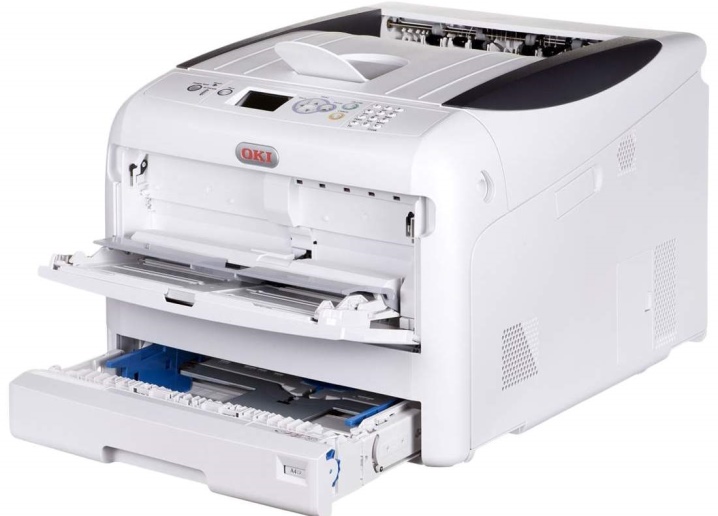
Xerox VersaLink C7000N
Print speed: 35 pages per minute. There is a color printing function. Print quality: 1200x2400 dpi. The ability to exchange data with cloud services, therefore, a remote work function is available. Suitable paper sizes: A4, A3. Memory: 2 GB. Number of prints per month: 153,000.
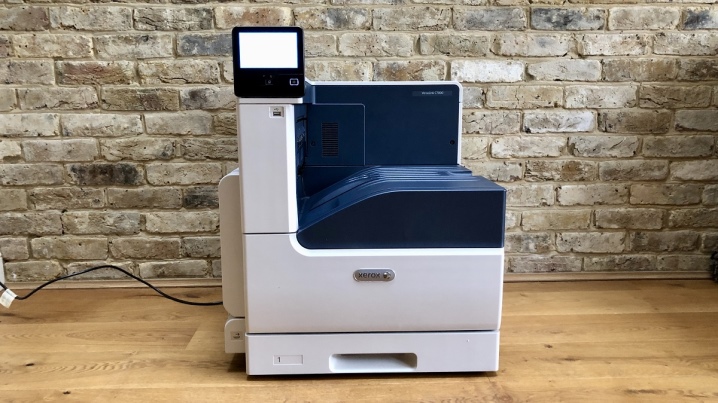
Criterias of choice
When choosing an LED printer, it is important to consider a number of criteria.
Dimensions (edit)
With this point, everything is individual and depends on the size of the room in which the office or apartment is located. For small companies, it makes sense to choose more compact models.
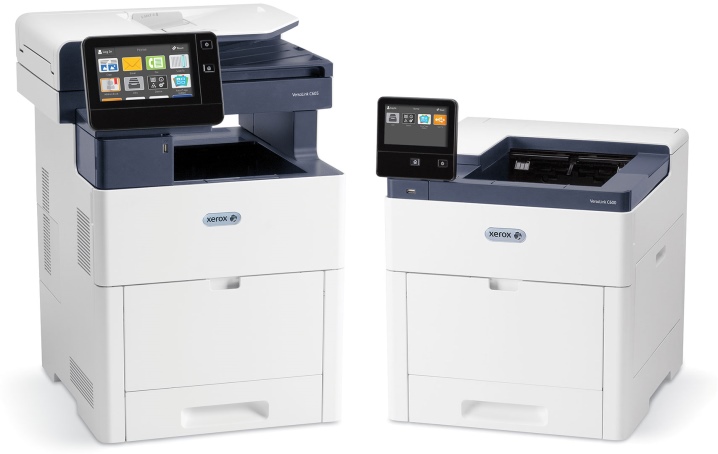
Print speed
For large companies and offices, you should pay attention to models with a higher print speed (about 30 sheets per minute). For home appliances, this point is not so important.
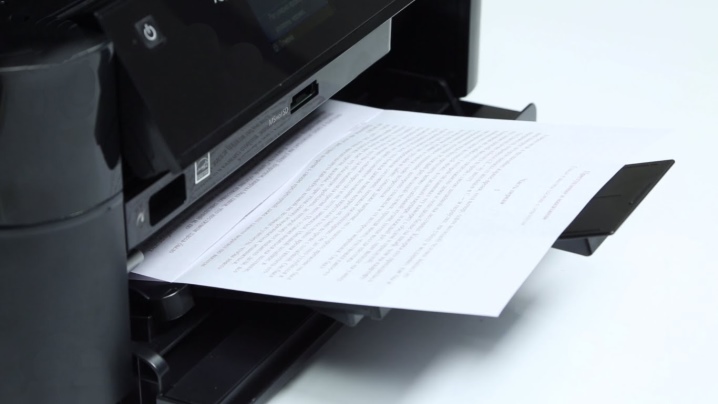
Connection type
In the modern world, models with a Wi-Fi module have an advantage. Even if this is not important for home appliances, it is much more convenient. The same can be said for office devices.
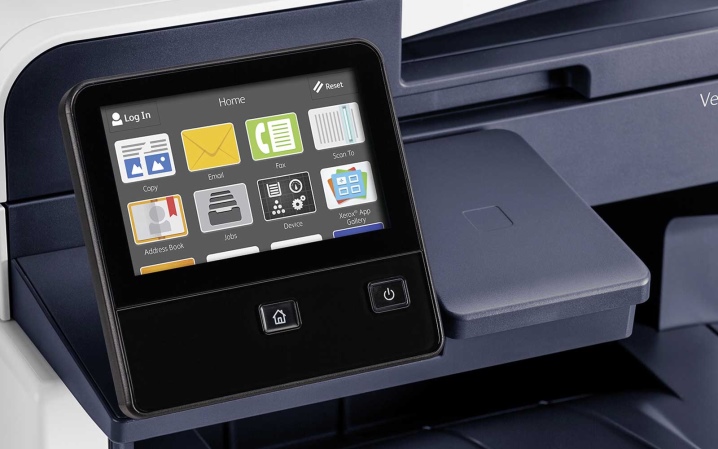
For the principle of operation of an LED printer, see below.













The comment was sent successfully.